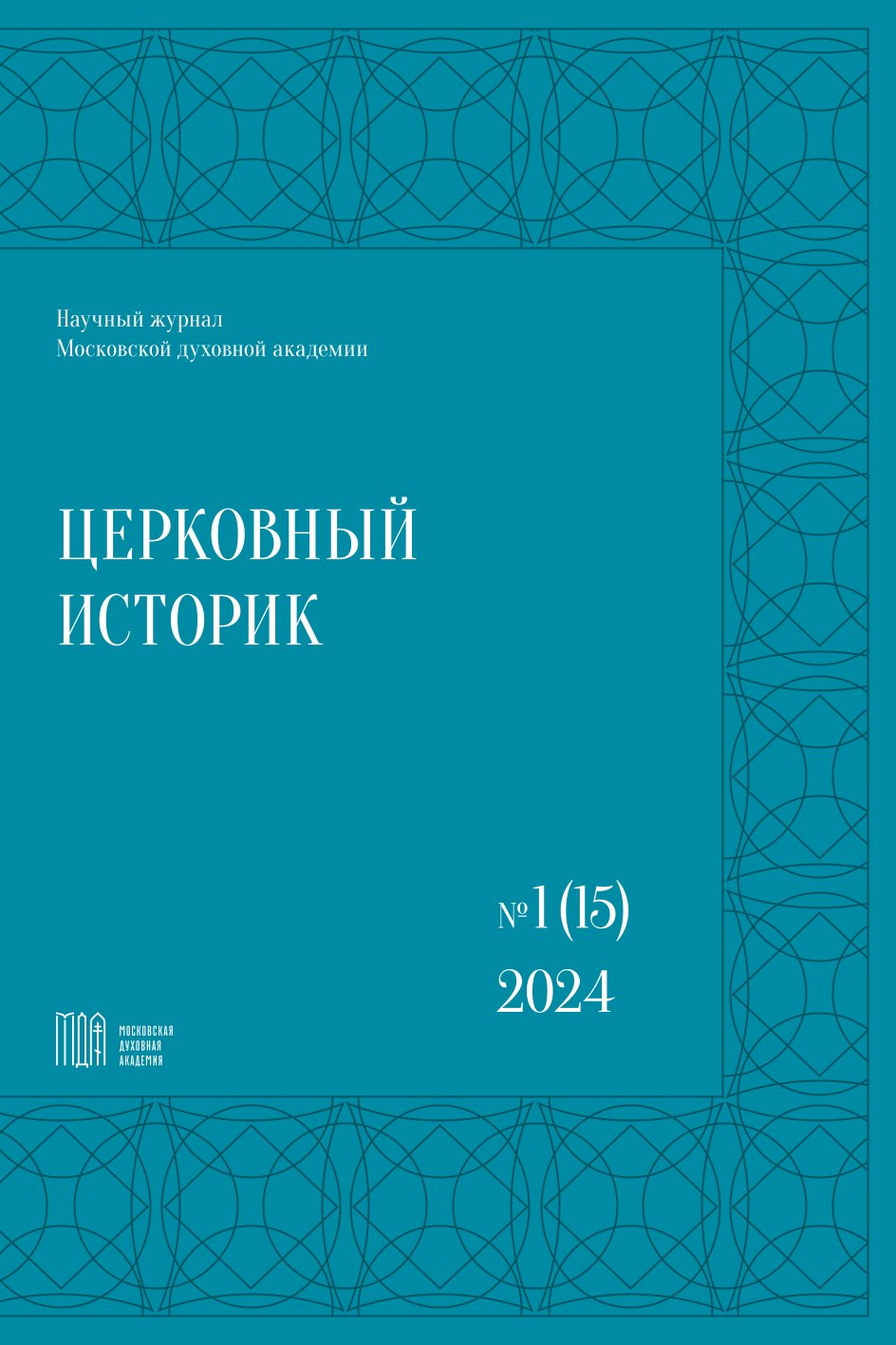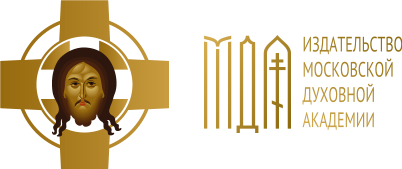Confiscation of church valuables on the territory of the Gryazovets district of the Vologda Province in 1922–1923. (Based on materials from the State Archive of the Vologda Region)
DOI:
https://doi.org/10.31802/CH.2024.15.1.007Keywords:
Russian Orthodox Church, Russian Revolution of 1917, the Company on seizure of church valuables in 1922–1923, Gryazovetsky uyezd, Vologda regionAbstract
Interest in church-political relations in our country after the 1917 revolution is not lost in modern society. Of course, at this point in time, many works have been written on the topic of the relationship between the Church and the Soviet government during this period, most of which in one way or another cover the events that took place in the capital regions of the country. However, there are not many publications about how the Church lived after the 1917 revolution in the districts of our state. And by the way, studying the issue of the attitude of local Soviet authorities to the Church on the ground, in particular in the districts, is interesting from the position of how the programs initiated by the Bolsheviks in the capital against the Russian Orthodox Church were implemented in the regions of the country by local Soviet authorities. Among other regions of the country that have been little studied on this topic include the Gryazovets district of the Vologda province, in which in 1922–1923 the local district authorities carried out a campaign to confiscate church valuables from churches. The presented work, based on the analysis of documents from the State Archive of the Vologda Region, will give an overview of the implementation by the local Soviet authorities of the Gryazovets district of a company to confiscate church valuables on the territory of the district of the same name.
Downloads
References
Финансовый отдел исполнительного комитета Вологодского губернского Совета рабочих, крестьянских и красноармейских депутатов. Город Вологда Вологодской губернии. [Протоколы Губернской Комиссии по изъятию церковных ценностей] (1918–1929) // ГАВО (Государственный архив Вологодской области) Ф. 5. Оп. 1. Д. 2.
Отдел управления исполнительного комитета Вологодского губернского Совета рабочих, крестьянских и красноармейских депутатов. Город Вологда Вологодской губернии (1918–1923). [Материалы о закрытии Корнильево-Комельского монастыря Грязовецкого уезда]. // ГАВО. Ф. 53 Оп. 2. Д. 345.
Комиссия по изъятию церковных ценностей в фонд помощи голодающим при Вологодском губернском отделе внутреннего управления. Город Вологда Вологодской губернии (1922–1923) [Протоколы Губкоммисии] // ГАВО. Ф. 889. Оп. 1. Д. 1.
[Протоколы Губернской комиссии о изъятии Церковных Ценностей у групп верующих] // ГАВО. Ф. 889. Оп. 1. Д. 2.
[Отчёты Губернской Комиссии по изъятию церковных ценностей в Грязовецком уезде] // ГАВО. Ф. 889. Оп. 1. Д. 10.
Русские патриархи ХХ века. Судьбы Отечества и Церкви на страницах архивных документов. Москва. Издательство РАГС. 1999.
Баринов И. Г. Голод в Поволжье. // Познавательный проект о русской цивилизации. [Электронный ресурс]. URL: https://vatnikstan.ru/history/golod-v-povolzhe/ (дата обращения: 07.11.23).
Церковь Воздвижения Креста Господня. Г. Грязовец. / Народный каталог православной архитектуры. [Электронный ресурс]. URL: https://sobory.ru/article/?object=08603 (дата обращения: 13.11.23).
Скорбященская церковь. г. Грязовец. // Портал Храмы России. [Электронный ресурс]. URL: http://temples.ru/card.php?ID=15867 (дата обращения: 15.11.23).
Собор Рождества Христова. Г. Грязовец. // Народный каталог православной архитектуры. [Электронный ресурс]. URL: https://sobory.ru/article/?object=42497 (дата обращения: 15.11.23).
Downloads
Published
How to Cite
Issue
Section
Categories
License

This work is licensed under a Creative Commons Attribution-ShareAlike 4.0 International License.







